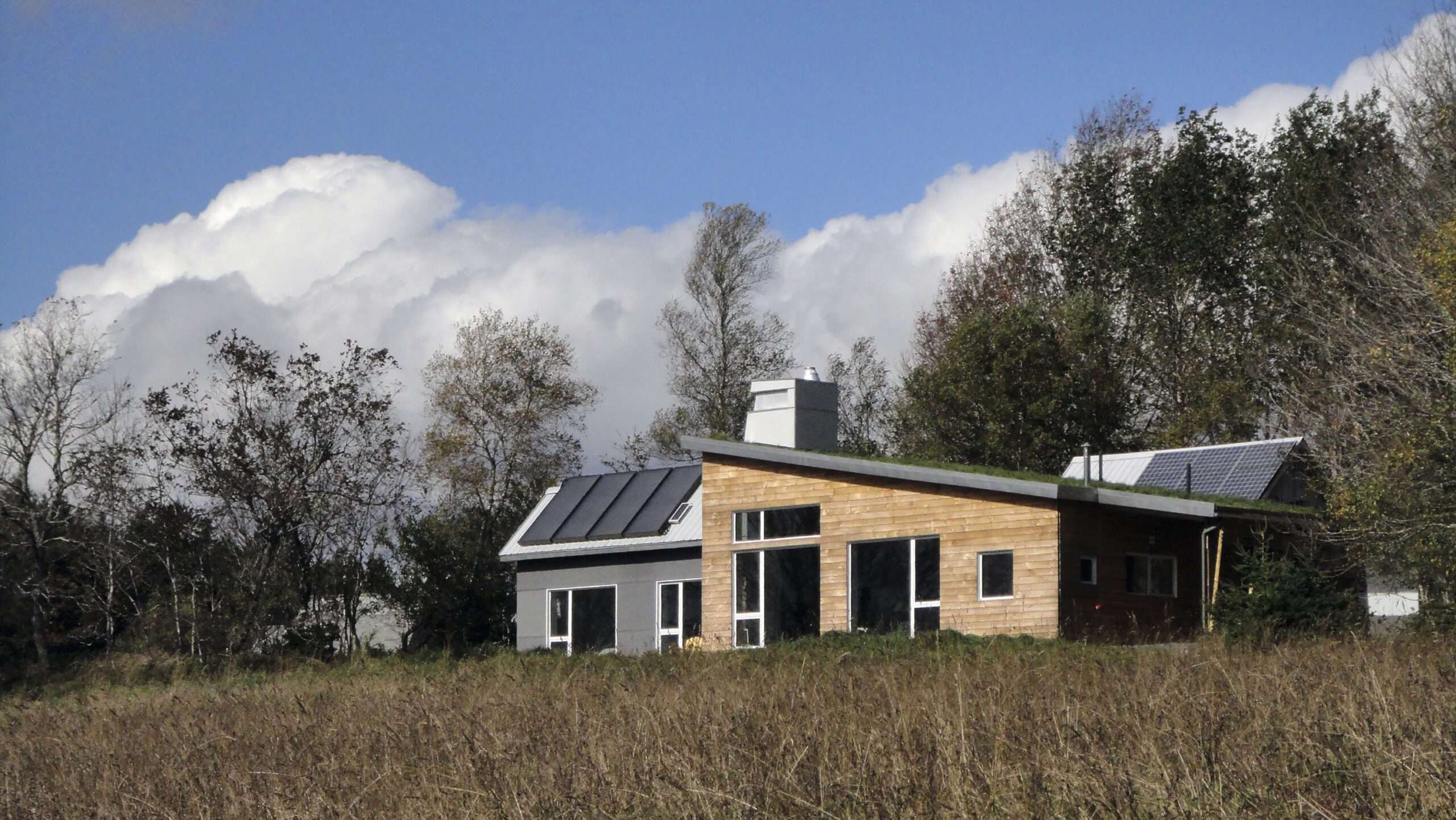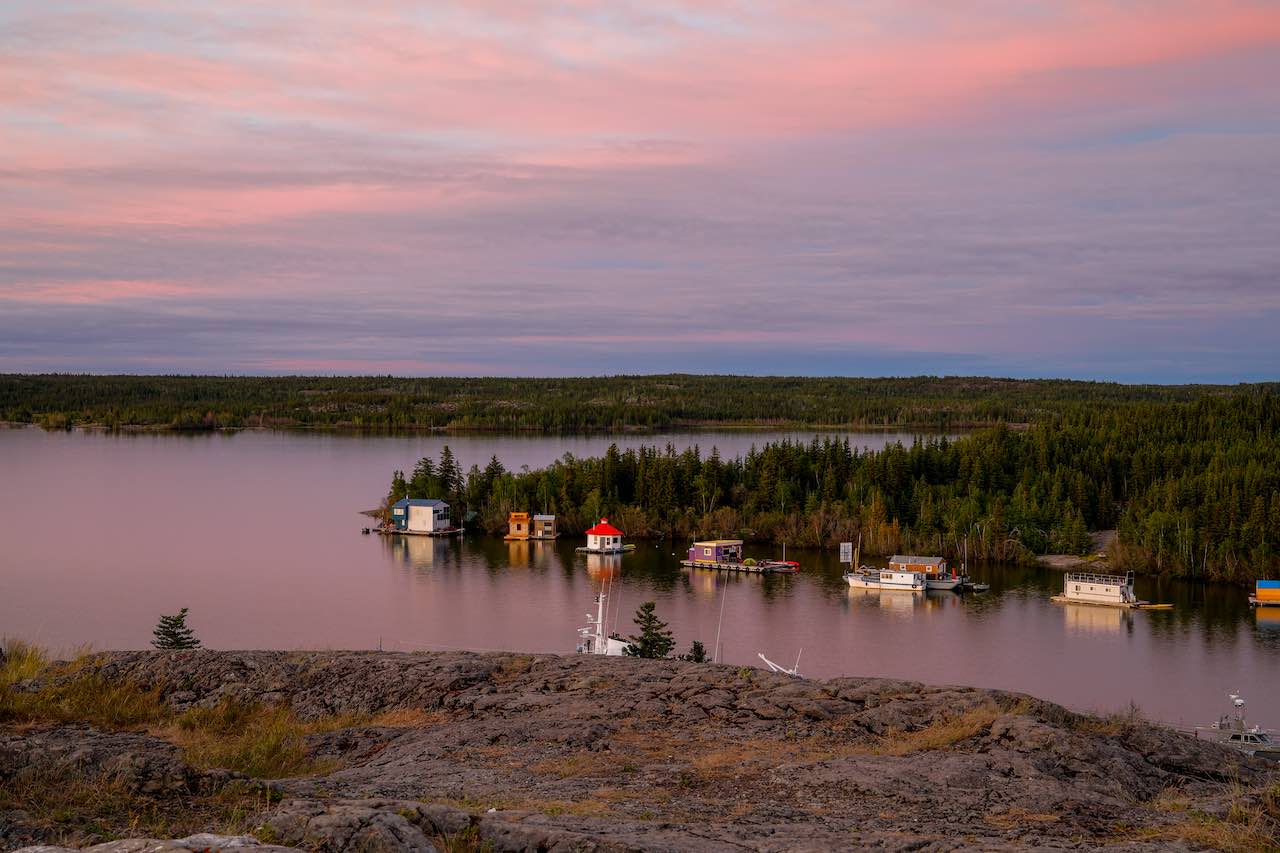If you’re someone who yearns for a simpler and more self-sustainable lifestyle, living off-grid in Alberta, Canada might just be the perfect choice for you. With a population steadily growing and a moderate climate, this province offers numerous advantages for off-grid living. From the potential for agricultural endeavors to affordable property and living costs, Alberta is a haven for those seeking independence from the conventional grid. Local governments even incentivize the installation of solar and wind power systems through rebates and incentives. With three major cities and abundant freshwater sources, this region balances the tranquility of off-grid living with the convenience of nearby urban amenities. So, if you’re ready to embrace a life of self-sufficiency amidst picturesque landscapes, Alberta may just be the ideal destination.

Advantages of Living Off-Grid in Alberta
Moderate Climate
One of the advantages of living off-grid in Alberta is the province’s moderate climate. While Alberta experiences cold winters, it also has warm summers, making it a comfortable place to live throughout the year. The moderate climate allows for a longer growing season, which is beneficial for off-grid living and agriculture.
Agricultural Potential
Alberta offers great agricultural potential for those looking to live off-grid. The province’s fertile soil, combined with the moderate climate, allows for the cultivation of various crops. The most common crops grown in Alberta include canola, wheat, and barley. These crops not only provide food for individuals living off-grid but can also be a potential source of income through selling surplus produce.
Affordable Property and Living Costs
Another advantage of living off-grid in Alberta is the affordability of both property and living costs. Compared to other provinces in Canada, Alberta offers cheaper land prices, making it more accessible for individuals looking to live off-grid. Additionally, the cost of living in Alberta is around the national average due to its higher population density, making it an attractive option for those looking to live a more self-sufficient lifestyle without breaking the bank.
Government Incentives for Renewable Energy
Local governments in Alberta provide incentives and rebates for solar and wind power systems, making it easier and more affordable for off-grid residents to generate their own energy. These incentives include tax credits, grants, and low-interest financing options. With the abundance of sunshine in Alberta, solar power is a viable and sustainable option for off-grid living, not only reducing dependence on the grid but also minimizing environmental impact.
Abundance of Sunshine
Alberta receives more sunshine than any other province in Canada, making it an ideal location for off-grid living. The abundance of sunshine allows off-grid residents to harness solar energy efficiently, reducing or even eliminating the need for traditional electricity sources. The availability of sunlight is beneficial for both solar power generation and the growth of crops, ensuring a sustainable and self-sufficient lifestyle.
Average Cost of Living
The cost of living in Alberta is relatively low compared to other provinces in Canada. Although it is not the cheapest province to live in, Alberta offers a balance between affordable living costs and access to amenities and services. This average cost of living makes it feasible for individuals looking to live off-grid without compromising on basic necessities or access to healthcare, education, and other essential services.
Ideal Locations for Off-Grid Living
The southern parts of Alberta are considered ideal locations for off-grid living. These areas not only offer a more moderate climate compared to the northern regions but also provide better access to agricultural opportunities. The southern parts of the province have fertile soil and a longer growing season, making it easier for off-grid residents to cultivate their own food and be more self-sustaining.
Climate Conditions
Alberta has a predominantly humid continental climate, characterized by cold winters and warm summers. However, the province also experiences arctic winds during the winter months, which can result in colder temperatures and challenging conditions for off-grid residents. It is important to be well-prepared and have adequate insulation and heating systems in place to withstand the cold weather and ensure a comfortable living environment.
Agricultural Opportunities
With its fertile soil and moderate climate, Alberta provides numerous agricultural opportunities for off-grid residents. The most common crops grown in Alberta, such as canola, wheat, and barley, offer both sustenance and potential income for those living off-grid. However, it is essential to consider the specific agricultural challenges in each region of Alberta, as rainfall can vary significantly, affecting crop growth and productivity.
Abundant Freshwater Sources
One of the advantages of living off-grid in Alberta is the abundance of freshwater sources. The province has numerous lakes, rivers, and aquifers that provide access to clean and fresh water. This is essential for off-grid living, as access to freshwater is crucial for drinking, cooking, and irrigation purposes. However, it is important to note that rainfall patterns vary across the province, so it is essential to consider water management and conservation strategies to ensure a sustainable water supply.

Population and Cities in Alberta
Population of Alberta
Alberta, Canada, has a population of around 4.37 million and is steadily growing. The province’s population density is relatively high, particularly in urban areas, which contributes to the moderate cost of living and availability of amenities and services.
Cities with Populations Over 100,000
Alberta has three cities with populations over 100,000: Calgary, Edmonton, and Red Deer. These cities offer a range of employment opportunities, access to healthcare and education, and various amenities and services. However, for those looking to live off-grid, the cities may not be the ideal locations due to higher living costs and limited land availability.



